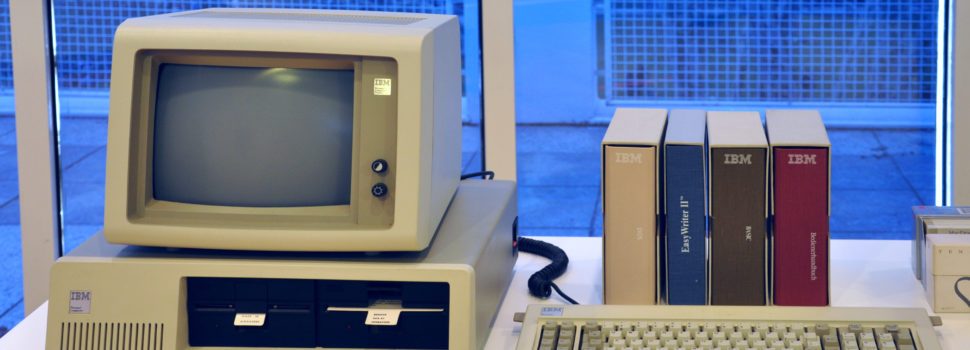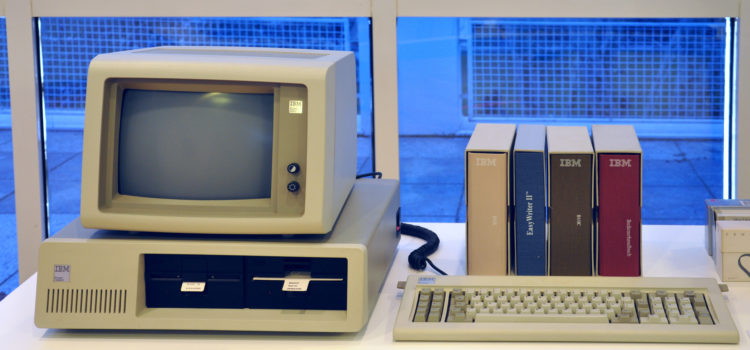


I like to take a look at where I’ve been to evaluate where Im going. Technology is cyclical after all… wait no its not. That said I still like all the feels that come rushing back like a flood of nostalgia every time I get my hand on the tech I grew up with. Im going to go back periodically and take a looking at the stuff that used to blow our hair back and get our minds rolling. Some of these device blew up and changed the world, some where ahead of their time and some just fell flat and became colossal failures. Today we have The Original IBM PC.
IBM Personal Computer, also known as the IBM PC . While it wasn’t the first computer that didn’t have to be housed in a separate room. It was the first to be built and consecrated by Big Blue itself, legitimizing the whole concept. It was created by a team of engineers and designers in Boca Raton, Florida, in the early 1980s. The rest, as you know, is history.
International Business Machines (IBM), one of the world’s largest companies was up to something and we all just knew it. In the late 1970s the new personal computer industry was dominated by the Commodore PET, Atari 8-bit family, Apple II, Tandy Corporation’s TRS-80, and various CP/M machines. With $150 million in sales by 1979 and projected annual growth of more than 40% in the early 1980s, the microcomputer market was large enough for IBM’s attention.
In 1980 and 1981 rumors spread of an IBM personal computer, perhaps a miniaturized version of the IBM System/370. The IBM Personal Computer (“PC”) was not as powerful as many of the other personal computers it was competing against at the time of its release. The simplest configuration has only 16K on-board RAM and uses an audio cassette to load and save data – the floppy drive was optional, and a hard drive was not supported.
A basic system for home use attaches to an audio tape cassette player and a television set (that means no floppy drives or video monitor) sold for approximately $1,565. PC-DOS, the operating system, was not available on cassette, so this basic system is only capable of running the Microsoft BASIC programming language, which is built-in and included with every PC.
Powering Back Up the IBM PC
Im not sure what I was expecting. I remember being bored using my Dads and it didn’t really do anything cool. That didn’t stop me from entering any number of absurd command in the command prompt. I spent the next 15 mins repeating this childhood obsession. C:>Cancel School, C:> Where are my shoes?, C:> PRINT Money. C:> Make Robot. That was fun..
Now its on to Leather goddess of Phobos. It was the only game I could remember and Im not sure why my parents let me play it. Its been a long time since i played one of these text adventure games. They seem to be gaining some hipster popularity back after Ready Player One. I forgot how tedious and boring not to mention for the spelling impaired annoying. But Basic, there is always Basica. This I still enjoy, creating and problem solving on a high level for a basic out put.
The Final Thought
I learned a lot about progress in my time with the IBM PC, both in 1986 and now. Its fascinating to see how far we have come in a very short amount of time. The IBM wasn’t the best option for a PC at the time, it lacked some of the innovations The Commador and HP’s had. This IBM PC’s success sparked my generations programmers to get us here. This is the computer all us kids got our hands on and that makes it special.













furtdso linopv
September 12, 2018 #1 AuthorWell I really enjoyed reading it. This tip provided by you is very practical for good planning.